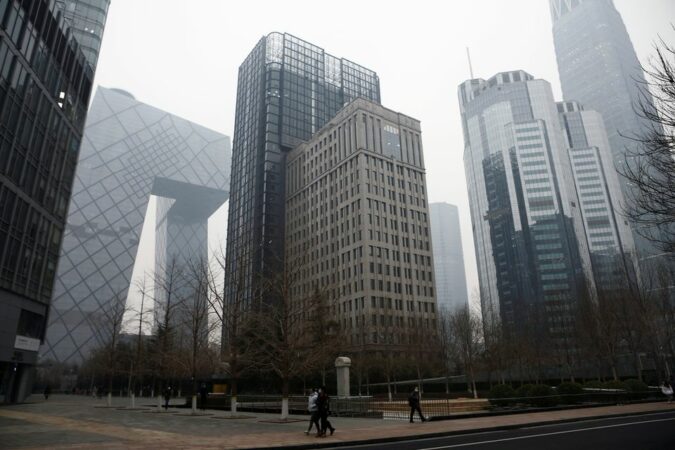
China’s economy develop more leisurely than anticipated in the subsequent quarter, as easing back assembling movement, higher crude material expenses and new COVID-19 episodes burdened the recuperation force.
(GDP) extended 7.9% in the April-June quarter from a year sooner, official information displayed on Thursday, missing assumptions for an ascent of 8.1% in a Reuters survey of financial analysts.
Development eased back essentially from a record 18.3% extension in the January-March period, when the year-on-year development rate was intensely slanted by the COVID-instigated droop in the main quarter of 2020.
June movement information eased back from the prior month yet beat assumptions.
“The numbers were marginally below our expectation and the market’s expectation (but) I think the momentum is fairly strong,” said UOB economist Woei Chen Ho in Singapore.
“Our greater concern is the uneven recovery that we’ve seen so far and for China the recovery in domestic consumption is very important…retail sales this month was fairly strong and that may allay some concerns.”
While the world’s second-biggest economy has bounced back firmly from the COVID-19 emergency, floated by strong fare interest and strategy support, information as of late propose some misfortune in force. Higher crude material expenses, supply deficiencies and contamination controls are burdening modern movement, while little COVID-19 episodes have kept a cover on customer spending.
Financial backers are watching to check whether the national bank is moving to a simpler arrangement position after the People’s Bank of China declared last week it would cut the measure of money that banks should hold as stores.
The move delivered around 1 trillion yuan ($154.64 billion) in long haul liquidity to support the recuperation and came even as policymakers have looked to standardize strategy after the economy’s solid bounce back from the Covid emergency to contain monetary dangers.
On a quarterly premise, GDP extended 1.3% in the April-June period, the National Bureau of Statistics said, simply beating assumptions for a 1.2% ascent in the Reuters survey. The NBS updated down development in the primary quarter from the final quarter last year to 0.4%.
The NBS information likewise showed China’s modern yield developed 8.3% in June from a year prior, easing back from a 8.8% ascent in May. Financial analysts in the survey had expected a 7.8% year-on-year rise.
Retail deals became 12.1% from a year sooner in June. Investigators in the survey had anticipated a 11.0% increment after May’s 12.4% ascent.
“The domestic economic recovery is uneven,” said Liu Aihua, an official at the NBS at a briefing on Thursday.
“We must also see that the global epidemic continues to evolve, and there are many external instabilities and uncertain factors,” she said.
Information prior this week showed China’s fares developed a lot quicker than anticipated in June, yet a traditions official said in general exchange development may moderate in the second 50% of 2021, halfway reflecting COVID-19 pandemic vulnerabilities.
Financial experts in the Reuters survey expected a 8.6% GDP development in 2021, which would be the most noteworthy yearly development in 10 years and well over the country’s true objective for development higher than 6%. China was the solitary significant economy to have stayed away from a compression last year, extending 2.3%.
Head Li Keqiang emphasized on Monday that China would not retreat to flood-like improvement.
All things considered, financial specialists in the Reuters survey anticipated more help this year, determining a further cut in the bank hold prerequisite proportion (RRR) in the final quarter.
Fixed resource speculation developed 12.6% in the initial a half year from a similar period a year sooner, versus a conjecture 12.1% uptick and down from a 15.4% leap in January-May.
Disclaimer: The views, suggestions, and opinions expressed here are the sole responsibility of the experts. No Biz Economics journalist was involved in the writing and production of this article.
